
Ferdinand Berthoud, was a scientist and watchmaker. He became master watchmaker in Paris in 1753. Berthoud, who held the position of Horologist-Mechanic by appointment to the King and the Navy, left behind him an exceptionally broad body of work, in particular in the field of sea chronometers.
Jacques Caffieri (1678–1755) was a French sculptor, working for the most part in bronze.

Louis George was a Prussian master watchmaker of the late baroque era.

Sire Philippe Van Dievoet called Vandive, écuyer, (1654–1738) was a celebrated goldsmith and jeweller. He was goldsmith to King Louis XIV, councillor of the King, officier de la Garde Robe du Roi, trustee of the Hôtel de ville of Paris, and Consul of Paris.
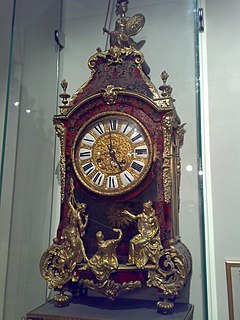
Balthazar Martinot (1636–1714) was a French clockmaker, and valet de chambre of the queen and of the King.
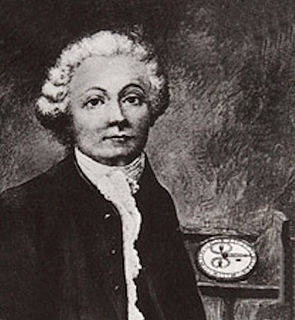
Pierre Le Roy (1717–1785) was a French clockmaker. He was the inventor of the detent escapement, the temperature-compensated balance and the isochronous balance spring. His developments are considered as the foundation of the modern precision clock. Le Roy was born in Paris, eldest son of Julien Le Roy, a clockmaker to Louis XV who had worked with Henry Sully, in which place Pierre Le Roy succeeded his father. He had three brothers: Jean-Baptiste Le Roy (1720-1800), a physicist; Julien-David Le Roy (1724–1803), an architect; and Charles Le Roy (1726–1779), a physician and encyclopédiste.
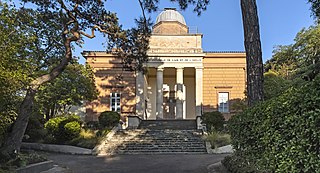
The Toulouse Observatory is located in Toulouse, France and was established in 1733.
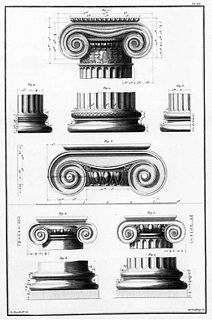
Julien David Le Roy, also Leroy was an 18th-century French architect and archaeologist, who engaged in a rivalry with Britons James Stuart and Nicholas Revett over who would publish the first professional description of the Acropolis of Athens since an early 1682 work by Antoine Desgodetz. Le Roy succeeded in printing his Ruins of the Most Beautiful Monuments of Greece four years ahead of Stuart and Revett.
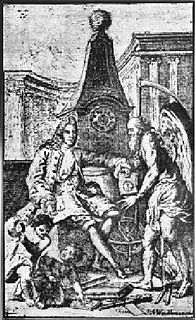
Henry Sully (1680–1729) was an English clockmaker. He was an apprentice and then journeyman for celebrated English clockmaker and watchmaker Charles Gretton. He lived in France for many years.
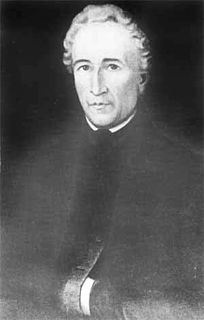
Jean-Antoine Lépine, born as Jean-Antoine Depigny, was an influential watchmaker. He contributed inventions which are still used in watchmaking today and was amongst the finest French watchmakers, who were contemporary world leaders in the field.
Joseph Lepaute Dagelet (1751-1788) was a French astronomer, clockmaker and mathematician who accompanied Lapérouse on his scientific circumnavigation, in the course of which he perished in the final shipwreck of the expedition. Dagelet's astronomical sightings gave precision to the maps posthumously published in the official Atlas du Voyage de la Perouse.
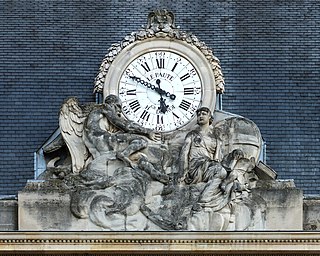
Jean-André Lepaute, together with his younger brother Jean-Baptiste Lepaute, was a founder of an outstanding French clockmaker dynasty of their day, holding the brevet horlogers du Roi. His brother assumed his workshop in 1774, when Jean-André retired; he died after a long illness at Paris.
(Antoine) Jean-Baptiste Delettrez was a renowned 19th-century French clockmaker.
Leroy, also Leeroy, LeeRoy, Lee Roy, LeRoy or Le Roy, is both a male given name and a family name of Norman origin. Leroy [lørwa] is one of the most common surnames in northern France. This family name originated from the Normans, the descendants of Norse Vikings from Denmark, Norway and Iceland who later migrated to Normandy. The derivation is from le roy, meaning "the king". The Normans brought this surname to England, which in medieval times was used as a nickname either for one who behaved in a regal fashion, or who had earned the title in some contest of skill. "Le Roy le veult", is a Norman French phrase still used in the Parliament of the United Kingdom to this day as royal assent.
Charles Le Roy was an 18th-century French physician and Encyclopédiste. An advisor to the king, he was professor of medicine at the University of Montpellier, a member of the French Academy of Sciences, the Royal Society, the Société royale de médecine and the Academies of Montpellier, Nîmes and Toulouse.

Jean-Baptiste Le Roy was an 18th-century French physicist and one of the major contributors to the Encyclopédie by Diderot and d’Alembert for technology. The son of 18th-century Parisian clockmaker and watchmaker Julien Le Roy, he had three brothers: Pierre (1717–1785), a brilliant clock-maker in his own right, Julien-David (1724–1803), a neo-classical architect and archaeologist, and Charles a physician and Encyclopédiste.

Charles Oudin is one of the oldest French horology firms. It was founded in Paris at the end of the 18th century by Jean-Charles Oudin, who came from a family of clockmakers in Northwest France. There were four generations of Oudins who were clockmakers, as of the mid 18th century, first in the Meuse region and later, in Paris. Several members of the Oudin family worked for the master watch and clockmaker Abraham-Louis Breguet.
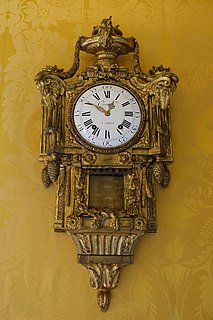
Antoine Cronier, or Crosnier, was a noted clockmaker active during the second half of the 18th century in Paris, France.
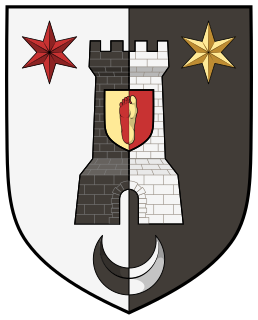
The Vandive family was a Parisian and elder branch of the Van Dievoetfamily from Brussels, descended from goldsmith Philippe Van Dievoet, the brother of famous Brussels sculptor Peter Van Dievoet. The family were first bourgeois of Paris before becoming part of the French nobility.














